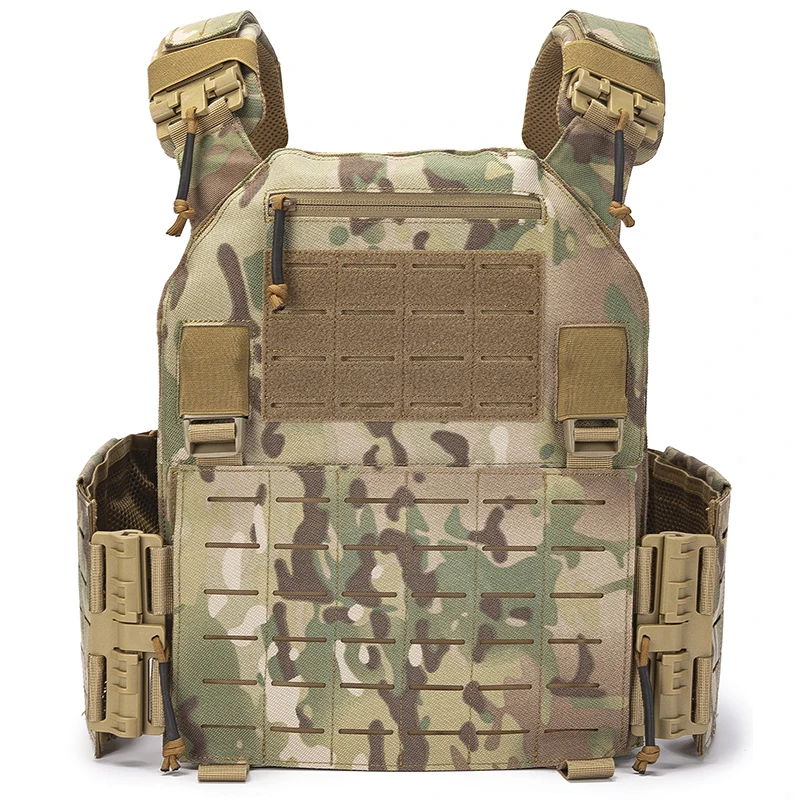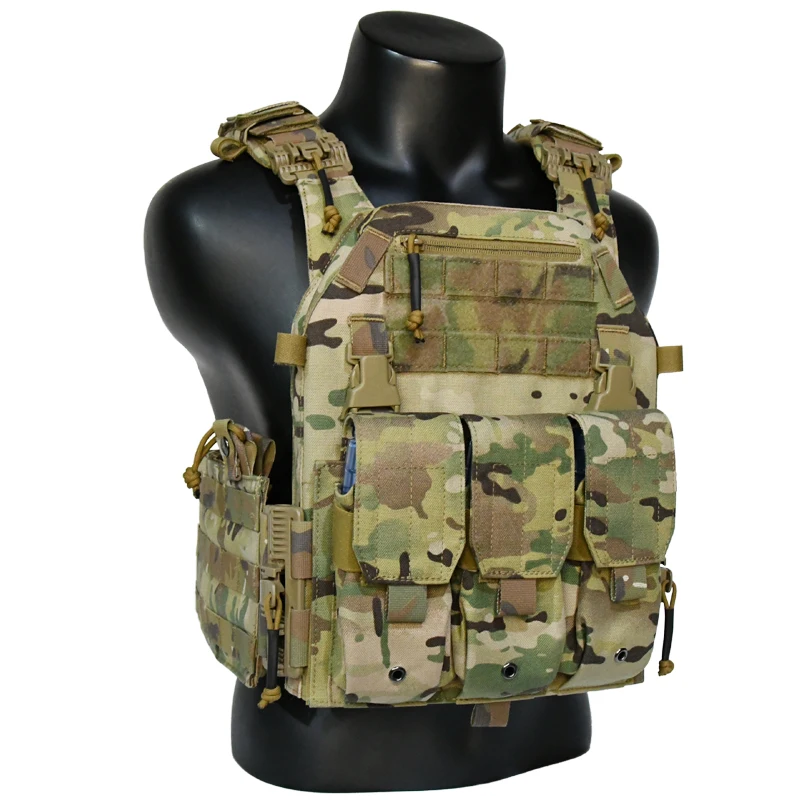Tactical Gear
PRODUCTS
Tactical Vest For Law Enforcement
Ballistic Protection and Threat Levels
The primary function of a tactical vest is, of course, ballistic protection. These vests are rated according to their ability to stop different types of projectiles, ranging from handgun rounds to rifle ammunition. This rating system, often using the National Institute of Justice (NIJ) standards, dictates the level of protection offered. Different threat levels require different levels of protection, and officers will often select vests based on their anticipated exposure to threats. A patrol officer might wear a vest designed to stop handgun rounds, while a SWAT team member would require a vest capable of withstanding high-velocity rifle fire. The material itself is constantly evolving, with advancements in lightweight yet highly protective materials like aramid fibers and advanced ceramics leading to more comfortable and effective protection.
Beyond simply stopping bullets, modern tactical vests often incorporate specialized plates designed to defeat specific threats like armor-piercing rounds. These plates, often made from ceramic or advanced composite materials, are strategically placed within the vest to provide enhanced protection against higher-caliber threats. The placement and type of plates are often tailored to the specific needs and anticipated threats of the officer or unit.
Modular Design and Customization
Modern tactical vests are designed with modularity in mind. This means that officers can customize their vests by adding or removing pouches, plates, and other accessories based on their specific needs and the operational environment. This flexibility allows for a significant degree of personalization, ensuring that each officer has the equipment they need readily accessible. Common additions include pouches for magazines, radios, handcuffs, medical supplies, and other essential tools.
The modular nature also allows for adaptation to evolving situations. An officer might add additional trauma plates for a high-risk operation, or remove unnecessary pouches for enhanced mobility in a confined space. This adaptability is a significant advantage in the unpredictable nature of law enforcement work.
Integrated Technology and Communication
The integration of technology into tactical vests is continually advancing. Many modern vests incorporate pockets specifically designed for radios, allowing for seamless communication between officers and dispatch. Some vests even integrate advanced communication systems that improve situational awareness and coordination within a team. The placement of these communication devices is carefully considered to maximize efficiency and minimize interference with other equipment or movement.
Beyond communication, some tactical vests incorporate other technological advancements. For instance, some models have integrated cameras or sensors that can provide valuable evidence or enhance situational awareness. This integration of technology directly contributes to officer safety and the effectiveness of law enforcement operations.
Comfort, Fit, and Mobility
While protection is paramount, the comfort and mobility of the tactical vest are equally important. An uncomfortable or restrictive vest can hinder an officer’s performance and increase fatigue. Modern vests are designed to be lightweight and breathable, using advanced materials to manage moisture and heat build-up. Proper fitting is also crucial, ensuring the vest doesn’t restrict movement or hinder the use of weapons or equipment.
Manufacturers utilize ergonomic designs and adjustable features to provide a comfortable and secure fit for a wide range of body types. This focus on comfort and mobility ensures that officers can wear their vests for extended periods without sacrificing performance or safety. The balance between protection and usability is key to the effectiveness of a tactical vest.
SUBSCRIBE
INQUIRY










